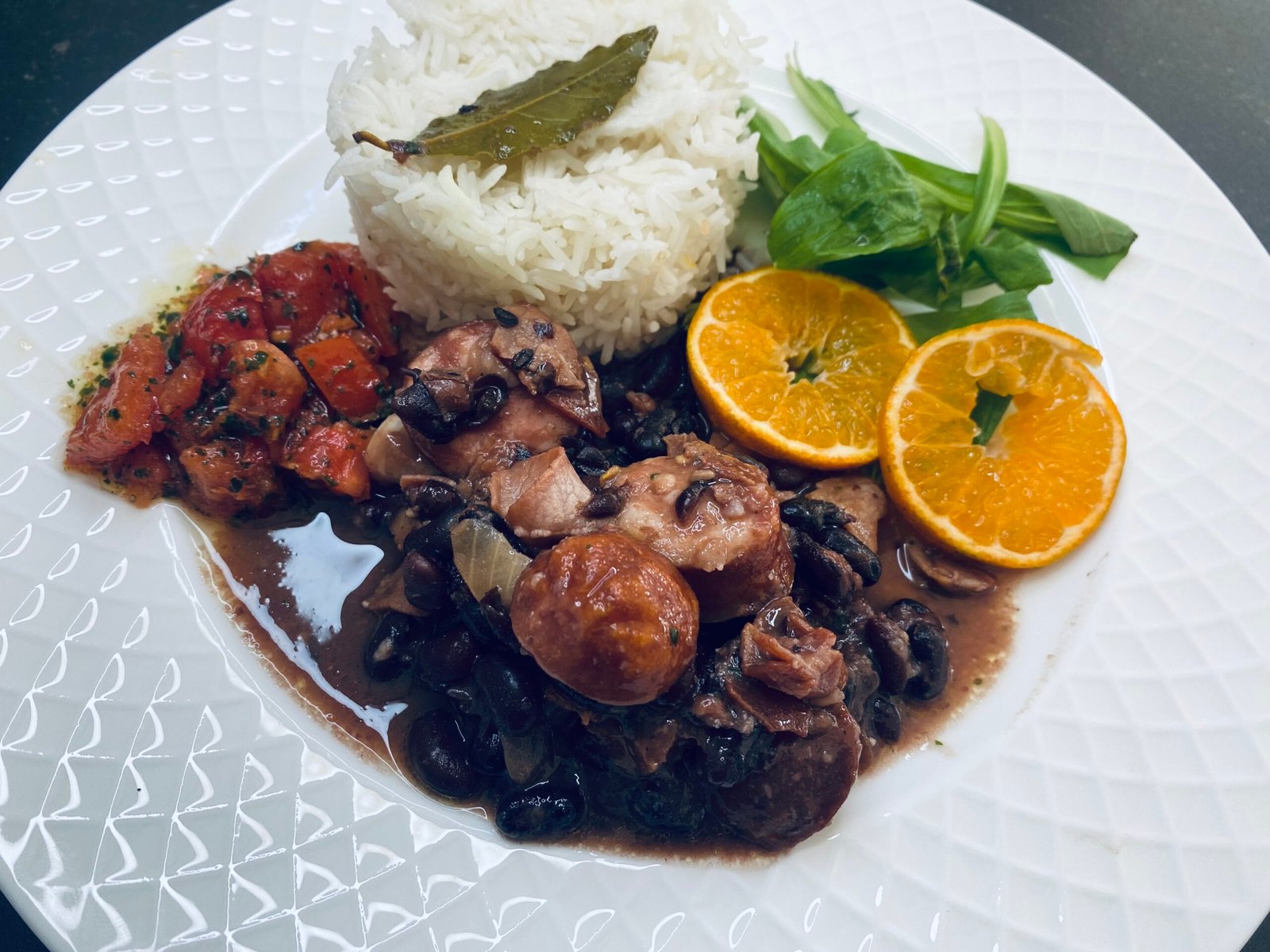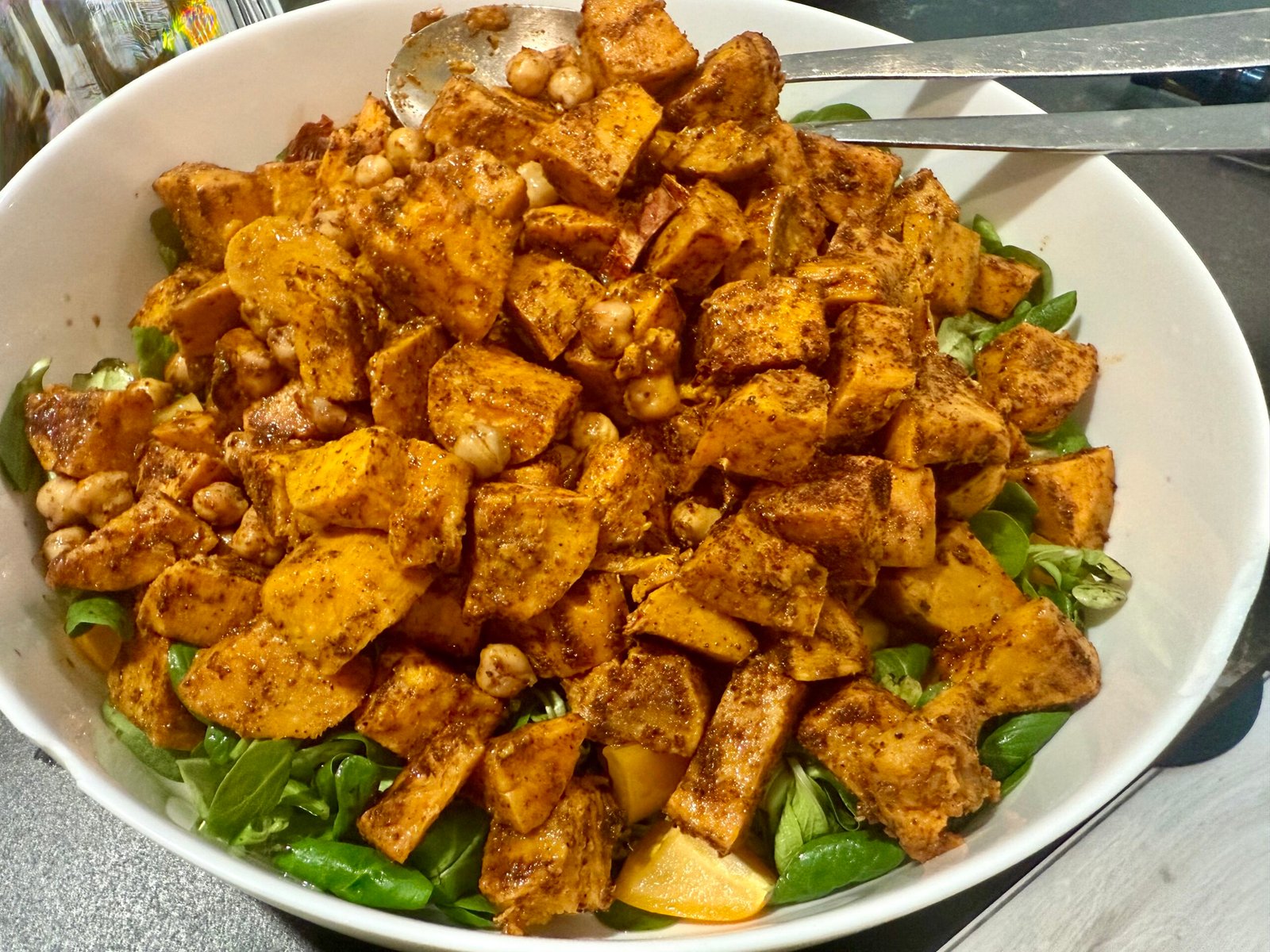Feijoada is a traditional dish of Brazilian cuisine, symbolizing the friendliness and cultural heritage of the country. Originally from Portugal, this black bean stew evolved in Brazil to include a variety of smoked and cured meats. It is a dish rich in flavor, often served at family gatherings or with friends, and accompanied by white rice, sautéed cabbage and orange slices. Feijoada is naturally gluten-free, making it a dish without compromising on authenticity.
Ingredients
Preparation
-
If using dried black beans:
-
Preparing the black beans: The day before, soak the black beans in a large bowl of water. Drain and rinse before using.
-
Cooking the beans: In a large pot, add the drained black beans with the bay leaves and cover with water. Cook over medium heat for about 1 hour, until the beans are tender. Reserve.
-
Preparation of meats: In a large skillet, heat oil over medium heat. Add the bacon, pork belly and/or pork loin and let them brown slightly. Add the pieces of dried beef or chorizo, and the slices of smoked sausage. Brown until the meats are nicely browned. Reserve.
-
Onion and Garlic Sauté: In the same pan, add the sliced onion and fry until it becomes translucent. Add the garlic and cook for another 2 minutes.
-
Assembling the Feijoada: Add the browned onions and garlic to the cooked beans in the pot. Add the browned meats and mix well. If necessary, add a little water to cover all the ingredients. Leave to simmer over low heat for 1 hour to 1 hour 30 minutes, stirring occasionally to prevent the Feijoada from sticking to the bottom.
-
Seasoning and finishing: Once the Feijoada is well simmered, season with salt and pepper to taste. The sauce should be thick and rich in flavor.
-
Serice: Serve the Feijoada hot, accompanied by white rice and sautéed cabbage or a small tomato salad with vinaigrette. Arrange a few slices of orange on the side to add a touch of freshness. You can also add a little farofa (toasted cassava flour) for a typical accompaniment.





